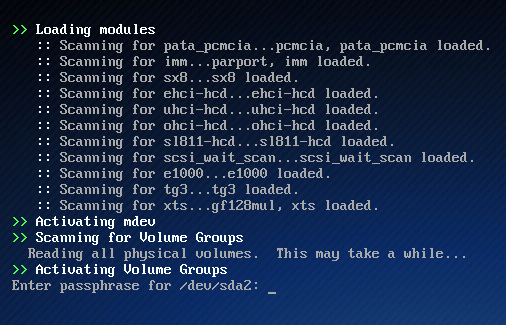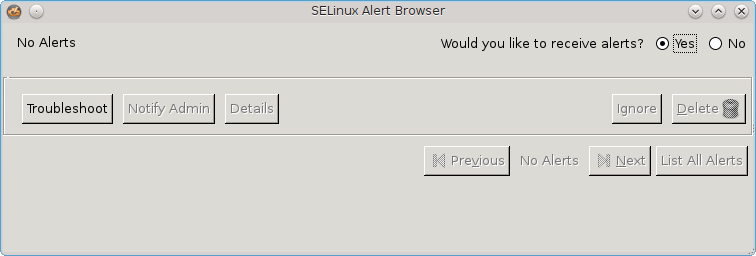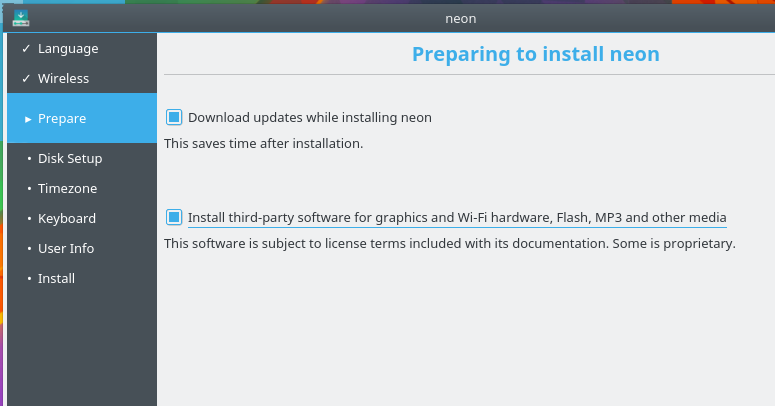OSSEC is a Host-based Intrusion Detection System (HIDS). It is Free Software, made available under the GNU General Public License (version 2).
It can do “log analysis, file integrity checking, Windows registry monitoring, centralized policy enforcement, rootkit detection, real-time alerting and active response.” When I was looking for a security solution for my Cloud servers, it was numero uno on a list of such software that I compiled.
Installing it on the couple of servers I maintain (one as an OSSEC server, and the other as an OSSEC agent) was easy (it comes with a very simple, command-line installer), but if you ever need to deploy it on more than a couple of servers, here’s a tutorial that I think can be helpful. It was written by Vic Hargrave, Community Manager for the OSSEC Project, and a developer for the Data Analytics Group at Trend Micro, a security software and service solutions provider that sponsors OSSEC.
Here’s an excerpt from the article:
When I first started playing around with OSSEC I downloaded the agent and server source packages then proceeded to install them by hand. This method was fine when I had a server and 1 or 2 agent systems, but for a large network of systems it is tedious and error prone.
The OSSEC Project offers RPM packages that can be installed with yum on RedHat derived Linux distributions. Using these packages and the ossec-authd system, you can script the installation of OSSEC and automatically register agents with the server.
You may read the complete article here.








